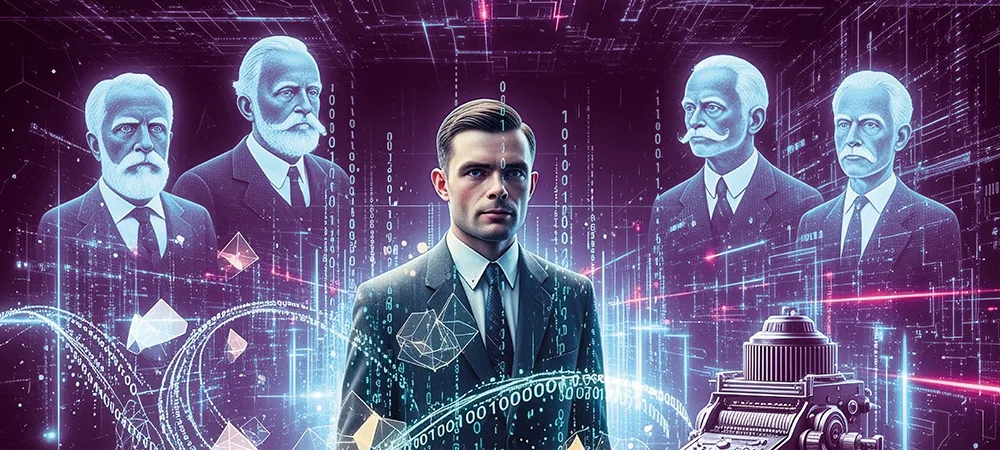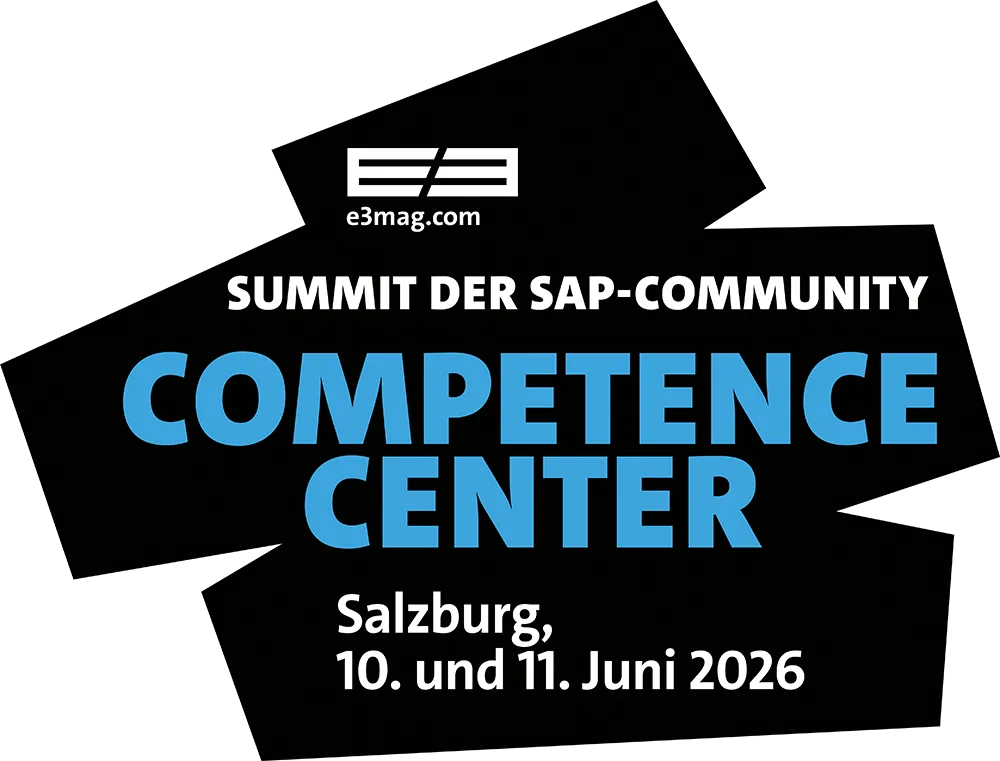SAP's multiple ERP construction sites


Messages from the SAP user association DSAG
The balance between IT stability and ERP innovation pressure remains an ongoing challenge for existing SAP customers. The German-speaking SAP user group (DSAG e. V.) has formulated key messages that illustrate the balancing act between IT stability and the pressure to innovate in the ERP sector. The focus is on the demand for clear migration paths and consistent architectures for the cloud transformation. Equally important are fair and transparent license and discount models that also take on-premise customers into account. Open platforms, for example for the integration of partner solutions such as Databricks, should ensure scope for individual roadmaps. Artificial intelligence should be accessible to all users - regardless of cloud contracts. DSAG is also calling for transparency in the use of AI, for example with regard to the database, application scenarios and costs. A sustainable business data cloud with modular products is another cornerstone, supplemented by consistent security-by-design in SAP development and compliance with IT baseline protection.
It is important that SAP's ERP strategy does not differ too much from the IT reality of existing customers and partners. DSAG and SAP try to ensure the necessary balance through close exchange and continuous dialog
Many existing SAP customers have to adapt to the constant changes in an increasingly complicated world. Dealing with SAP is important here. The software manufacturer is currently undergoing major changes itself and has set vague goals for future ERP and IT architectures in the cloud with the "new" Business Suite. Such a change requires a balance between stability and speed. It is important to check where ballast is still being dragged into the cloud and how a targeted clean-core approach can free up new resources.
Old and new SAP Business Suite
The "new" SAP Business Suite aims to offer a comprehensive target image for future ERP architectures in the cloud. Cloud ERP, Business AI and the Business Data Cloud must work together on the Business Technology Platform for the "Suite first" to develop its full potential. In the SAP context, "Cloud ERP" primarily refers to the provision of S/4 in the public cloud. To accelerate the introduction of the cloud, SAP plans to offer preconfigured package solutions based on the SAP Business Suite that are directly integrated into SAP Build. Business AI is a generic term for the integration of artificial intelligence into SAP solutions. This can be done either directly or via the Joule Copilot, which acts as an interface to so-called AI agents. The Business Data Cloud in turn serves as a central data platform for the harmonization, management and analysis of SAP and non-SAP data. The BTP ultimately forms the foundation for the new SAP world. There is also the SAP Community Summit "Steampunk and BTP" on April 22 and 23 in Heidelberg ((LINK)).
According to the latest DSAG Investment Report 2025, 51 percent of respondents still use ECC 6.0 or SAP Business Suite 7. 42 percent use S/4 on-prem, 33 percent use S/4 in the private cloud and 13 percent in the public cloud. This illustrates that the trend towards the cloud is continuing. However, the pace set by SAP is not realistic for all companies. The user association DSAG generally sees the cloud as a promising technology for the future. However, there is still a long way to go, so the near future will be hybrid. SAP should provide even more support for the general adoption process. Better communication, transparent roadmaps, fair pricing and licensing models and openly available innovations are therefore necessary for this change. The use of the cloud must also be economically viable for existing SAP customers in order to offer real added value.
Private versus public cloud
The user association expects room for maneuver, for example when designing individual roadmaps. Companies need planning and investment security, fair conditions, transparent license models and clarity about planned functionalities. The use of different license models in the public cloud and the private edition/cloud leads to additional complexity, particularly in two-tier scenarios. DSAG assumes an increased convergence here. For this reason, the association is calling for a standardized and open operating model that encompasses both the public and private cloud. This would help companies to operate hybrid scenarios efficiently and minimize investment risks.
Although the switch to the new SAP world can be advantageous, existing customers should go into more detail about the added value of the transformation, according to DSAG. It is essential for companies to gain clarity about the extent to which the new Business Suite is able to map their specific and individual requirements. This familiar flexibility, which was the norm in the SAP ECC world, must also be reflected in this context. It is essential that the implementation of the new Business Suite is seamlessly integrated into existing overall architectures or can be connected to other architectures. It is also essential to guarantee investment security.
SAP BDC and security
The Business Data Cloud (SAP BDC) forms the new data foundation, and the sustainability of this foundation is of crucial importance. This requires reliable data products, modular insight apps, a fully usable platform, including via partner solutions such as Databricks, and a clear and comprehensible license model (e.g. for capacity units).
The threat situation in cyberspace is developing at a rapid pace and is a continuously complex and challenging task, not least due to the increasing importance of AI. Addressing this issue urgently is essential for existing SAP customers. It is crucial to protect both the cloud infrastructure and AI applications from attacks, as artificial intelligence can work in both directions, i.e. it can both prevent and cause damage.
From DSAG's perspective, SAP is well aware of the relevance of cyber security and certifies that its security measures in the cloud meet the highest standards. It is of paramount importance that security requirements are already taken into account in the development phase of solutions. This can be ensured by implementing the principle of security by design. For existing SAP customers, there is an obligation to provide basic IT protection in accordance with established standards.
Outlook 2026 of the SAP community
A lot has piled up over the past few years and the SAP triumvirate of Christian Klein, Dominik Asam and Thomas Saueressig were only focused on the cloud phenomenon and their own share price. The rest? Transformation, security, platforms, open source, AI, etc. should be orchestrated by SAP's existing customers themselves. DSAG boss Jens Hungershausen defended his members at the DSAG annual congress in Bremen and put the rod in SAP's window.






